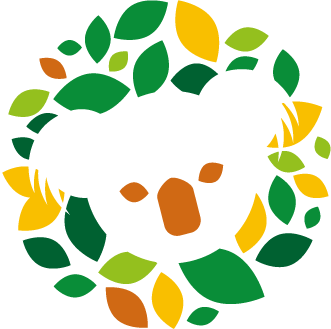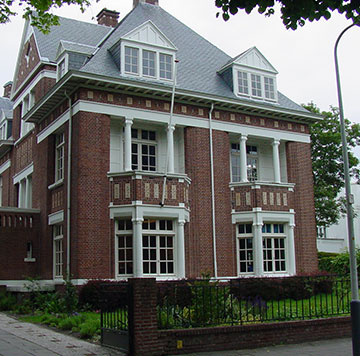RFWE-01 - Rapid fire session from selected oral abstracts
Open Door - Implementation Of A Pharmaceutical Indication And Follow-up Program In The Community Pharmacy Context
- By: PAULINO, Ema (ANF - Associacao Nacional das Farmacias, Portugal)
- Co-author(s): Ms Ema Paulino (Ezfy, Lisbon, Portugal)
Carolina Ferreira
Ana Luísa Pinto
Mariana Rosa
Maria Luísa Teixeira - Abstract:
Background information: Pharmacies are often the gateway to the healthcare system and are ideally placed to meet the needs and expectations of people with minor ailments. Guidance and intervention tools can be useful to assist pharmacy teams in the evaluation and follow-up of people who present with symptoms associated with acute or non-acute disease, constituting an opportunity to register and evaluate the effectiveness of pharmaceutical interventions.
Purpose: 1. Describe the design process and implementation of the “Open Door” service in a group of community pharmacies; 2. Characterize the participants involved in the service and evaluate the effectiveness of the intervention.
Method: 1. The Open Door service was designed following the experience acquired so far in the implementation of pharmaceutical indication and follow-up programs, mainly focused on the acute respiratory infections' area, as well as the review of the applicable literature. 2. Preliminary data from participants included in the service since its launch, from March 31 to April 28, 2023, has been analyzed in Excel® and Salesforce HealthCloud®. The information was collected in Salesforce HealthCloud®, in each pharmacy involved, through customized forms.
Results: The Open Door service consists of an initial evaluation, with characterization of symptoms and indication of pharmacological and/or non-pharmacological measures (t0) and 2 follow-up contacts after approximately 7 days (t1) and 14 days (t2) in the case of acute situations and 1 month (t1) and 3 months (t2) for non-acute situations. Training for the implementation of the service was made available to 140 pharmacies. In the referred period, 121 persons were flagged to the service in 31 pharmacies, and until April 28, 54 persons completed the program. Most of the people identified were over 50 years of age (69.4%; n=84) and were female (68.6%; n=83). Of the 121 persons for whom the initial evaluation was completed, most reported having acute symptoms (81.0%, n=98) and the main situations analyzed corresponded to respiratory (26.6%, n=33), dermatological (13.7%, n=17), gastrointestinal (12.9%, n=16) and cardiovascular (11.3%, n=14) areas. Most people were accompanied, in the management of the reported symptoms, by the pharmacist (48.9%), followed by the General Practitioner (19.9%). For the 54 persons who completed the program, the vast majority (87.3%; n=48) reported improvement of symptoms and for 6 (10.9%) the symptoms remained the same; the vast majority (90.9%; n=50) also confirmed still being on treatment (pharmacological and/or non-pharmacological) as indicated by the pharmacist, with a few (9.1%; n=5) having started but meanwhile having discontinued the indicated treatment; 4 of the participants reported having a medical consultation during the follow-up period. On a scale from 1 to 10, where 1 means "No Impact" and 10 means "Significant Impact", 28 (90.3%) of the people who responded evaluated the contribution of the program provided to the management of their health problem between 8 and 10, with an average value of 8.7.
Conclusion: The implementation of a pharmaceutical indication and follow-up service, with registration and monitoring, is feasible, allowing the pharmacist to assess the effectiveness of the intervention.

